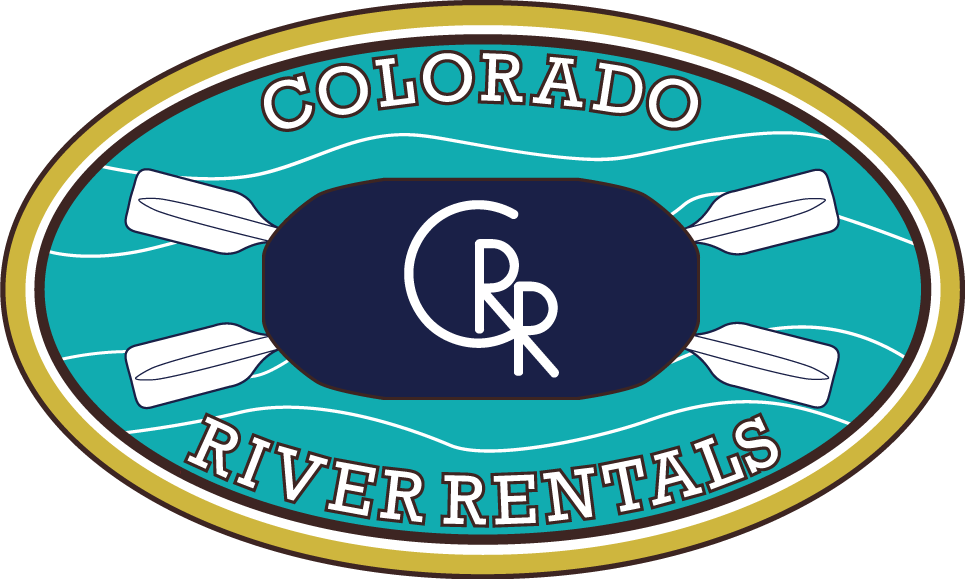8 Fire Safety Tips When Camping in Colorado

A campfire can be a fun and useful addition to your camping trip, but safety becomes paramount whenever campfires are involved, especially in Colorado. On average, over 5,600 wildfires are reported in Colorado and many of them are man-made. Follow these eight tips to keep our wilderness and yourself safe while camping or on your next overnight rafting trip.
1.Pick your Campfire Spot
Make sure campfires are allowed at the campground or area you’re in. Sometimes pit digging may be prohibited due to archeological or other factors. Check to see if there is a current fire ban using this interactive map. DON’T build a fire in dry or hazardous conditions. Look for an existing fire pit or ring. If your campground doesn’t have one, choose an area at least 15 feet away from anything flammable like tents, bushes, and trees. Keep an eye out for low-hanging branches. Choose a spot that’s protected from wind gusts and keep the direction and strength of the wind in mind.
2. Build your Campfire
Make sure you have a bucket, a water source, and a shovel nearby. Gather your wood from the ground only. Don’t cut full branches from live or dead trees, they won’t burn well, and it damages the forest. You’ll need three types of wood.
-
- Tinder: small twigs, dry needles, dry leaves, and grass.
- Kindling: these are smaller sticks, less than 1” in diameter.
- Fuel: Larger pieces of dried wood. Keep these stacked upwind from the campfire.
Take some tinder and loosely pile it in the middle of the pit. The best method for cooking is a teepee: build a tent over the tinder with kindling. Best for long-lasting fires are the crisscross or log cabin methods. With the crisscross, cross the kindling on top of the tinder, and with the log cabin, you will want to make a square around your tinder with the kindling, stacking pieces like a log cabin with the smallest kindling on top.
3. Light your Fire
light the fire with a match or lighter. Wait for the match to cool down before disposing of it in the fire. As the fire grows, add more tinder. You can blow lightly at the base of the fire to help it grow. Add kindling and a few pieces of fuel to keep the fire going. Keep your fire under control and small.
4. Maintain your Fire
It is your responsibility to maintain your campfire to avoid it spreading and causing a wildfire. Never cut whole tree branches as they don’t burn well and the smaller parts on the end are used by birds for perching. Once your fire is going, add bigger pieces of wood to keep it burning, you won’t need any more tinder or kindling. DON’T put things like pressurized containers, glass or aluminum or aerosol cans in the fire. They can cause harmful fumes or even explode!
5. Supervision
Make sure the fire is supervised at all times and keep kids and pets away from it. This is the best way to keep everyone safe and keep the fire from getting out of control. If any embers pop out of the fire pit, pour water on them immediately to put them out.
6. Personal Safety
If your clothes catch fire, you should “stop, drop, and roll.” This means stop moving, drop to the ground. Then cover your face with your hands. Then you should roll back and forth or over and over until the fire is put out.
7. Extinguish your Campfire
Let the wood burn all the way down to ash if you can. Pour a large amount of water on the fire. Make sure you drown ALL the embers and keep pouring until it stops hissing. If there is no water available, use your shovel to stir dirt into the embers to bury the fire. Use your shovel to scrape any remaining embers off of logs or sticks. Keep adding water, dirt or sand until the area is cool. If it is too hot for you to touch it, please don’t leave it and continue to follow the steps above.
8. No buts about butts
If you are a smoker, the best course of action is to bring a container with you that has a small amount of water in it. You can use it to extinguish the cigarette and make sure to take the trash with you. DON’T put your butt out on the ground.
Abide by these tips and keep you, your family, and our outdoors safe! Most importantly, remember to keep an eye on your campfire, and make sure your area is safe for a fire before building one. Your awareness and preparedness will help keep everyone safe and ensure you have more fun on your rafting or Upper Colorado River adventure.





